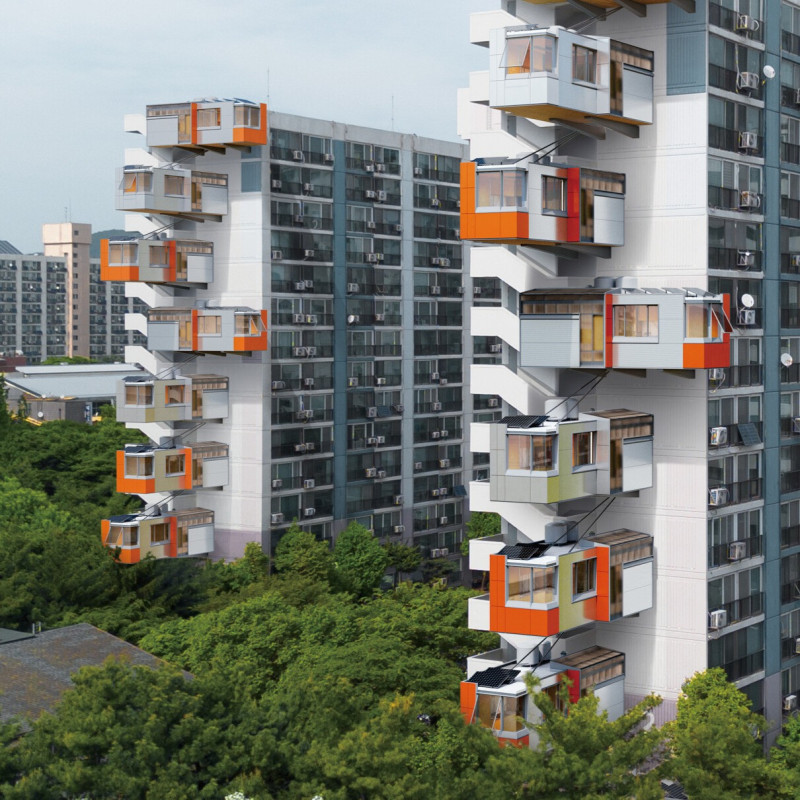5 key facts about this project
The architectural design is crafted to facilitate [describe the primary function of the building, such as community gatherings, educational purposes, or residential living], emphasizing adaptability and user engagement. The layout has been meticulously planned to allow for fluid interactions between spaces, creating an atmosphere where individuals can move naturally while engaging in various activities. This approach not only enhances functionality but also promotes a sense of connection among occupants.
Key elements of the project include the incorporation of extensive glazing, which serves to unify the interior and exterior environments. Large windows and glass paneling allow natural light to flood the interior spaces, reducing dependence on artificial lighting and supporting energy efficiency. This design choice reinforces the project's commitment to sustainability and environmental awareness, aligning with modern architectural practices aimed at minimizing ecological footprints.
Another notable aspect of the design is the thoughtful use of materials. A carefully selected palette of concrete, glass, steel, wood, and brick distinguishes the project, each material contributing to the overall character and functionality. Concrete provides a robust structural foundation, while wood accents introduce warmth and human scale. The use of glass not only enhances visibility and transparency but also invites occupants to engage with the surrounding views, fostering a connection to the natural environment. Steel elements lend structural integrity and create a sense of modernity that complements the overall aesthetic.
The project's unique design approaches extend beyond its materiality. The integration of sustainable design strategies, such as [mention specific sustainable features if applicable, such as green roofs, rainwater harvesting, or solar panels], showcases an awareness of ecological impact. These features not only enhance the building's efficiency but also educate users about sustainable living practices, encouraging a more environmentally conscious community.
In terms of spatial organization, the architectural design prioritizes flexible use. Spaces are not just defined by their functions but are designed to adapt to changing needs over time. This versatility is evident in areas that can serve multiple purposes, whether as collaborative zones, quiet study areas, or community gathering spaces. Such adaptability is essential in modern architecture, allowing structures to remain relevant as the demands of their users evolve.
The relationship between indoor and outdoor environments is another defining characteristic of this project. Thoughtfully designed outdoor spaces complement the architecture, providing areas for relaxation, social interaction, and engagement with nature. These spaces enhance the overall user experience, blurring the lines between inside and outside, and highlighting the architectural notion that buildings should serve as extensions of their natural surroundings.
In summary, this architectural project represents a harmonious blend of functionality, sustainability, and aesthetic appeal. Its thoughtful design choices and material selections demonstrate a deep understanding of the needs of its users while respecting the local context. For those interested in exploring this project further, I invite you to delve into the architectural plans, sections, and various design elements that shape its character. Engaging with these architectural ideas will provide a deeper appreciation of how the project contributes to the community and its environment.


























